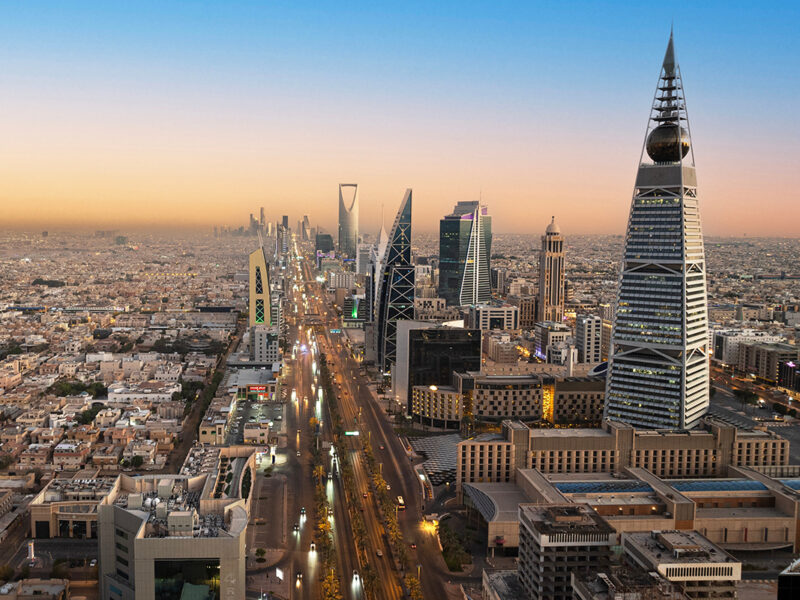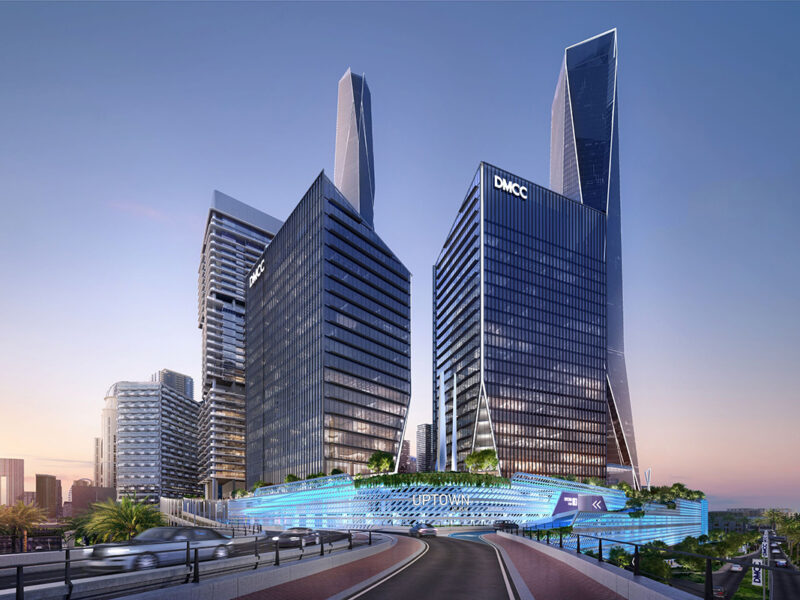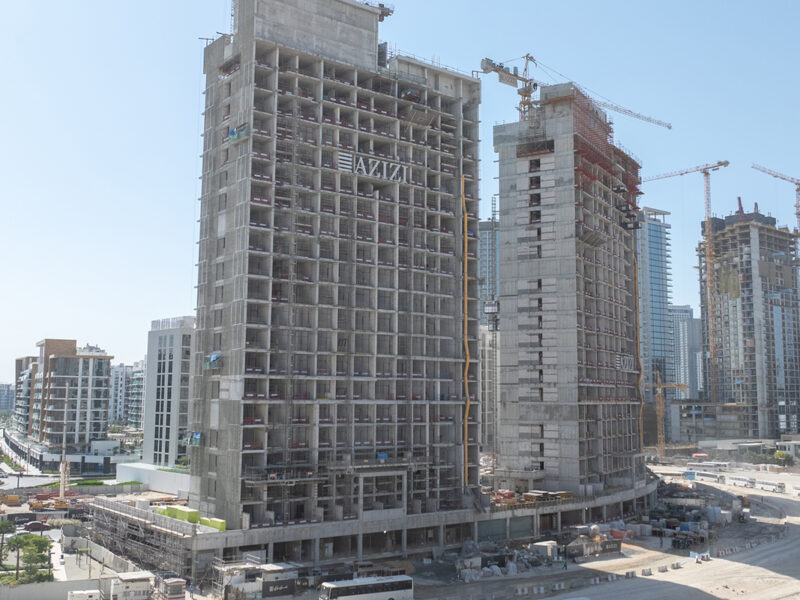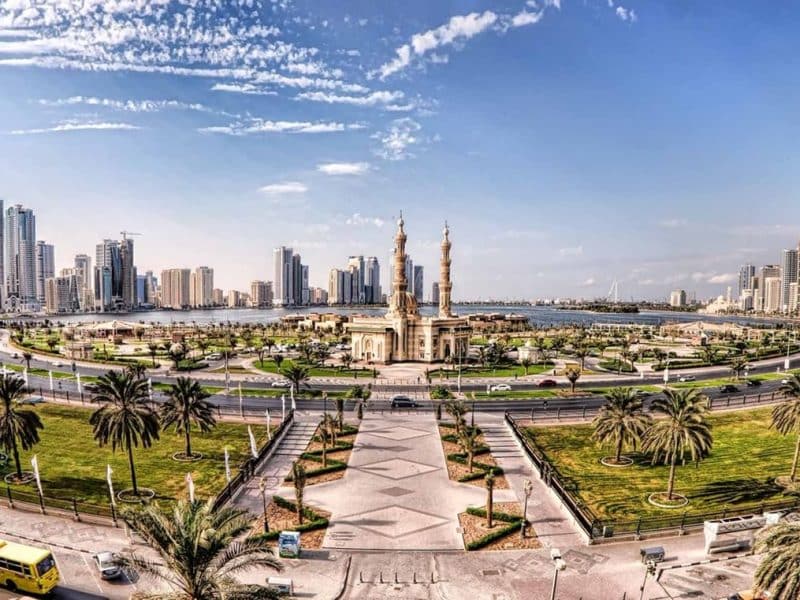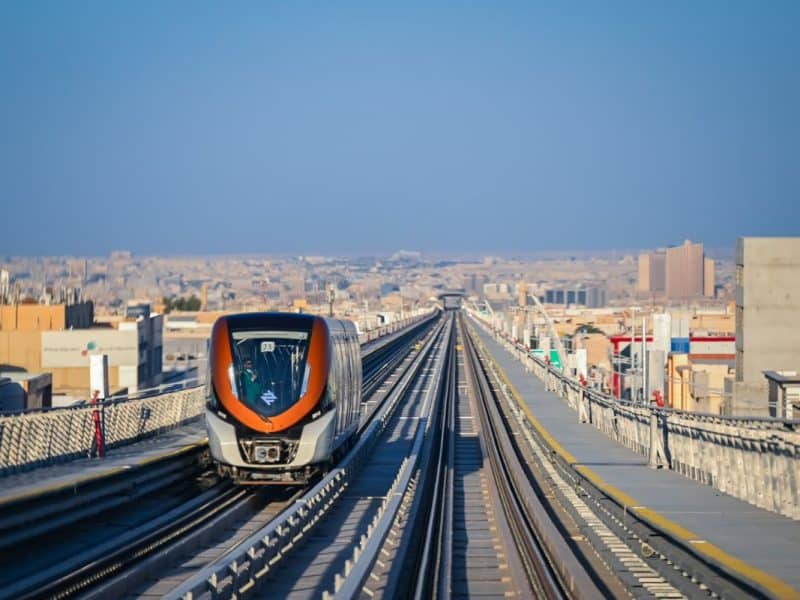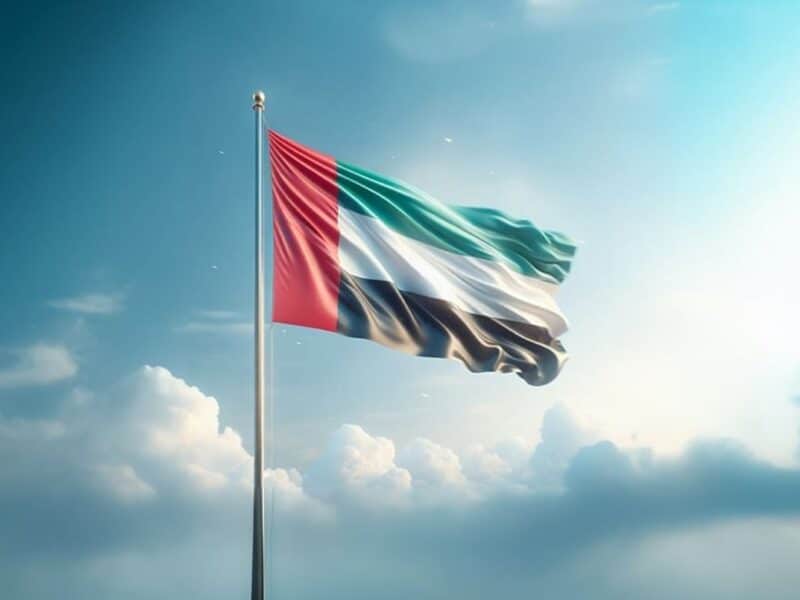Tony Hemming, head curator, ICC Global Cricket Academy, talks to Christopher Sell about his hopes to recreate cricket conditions from three continents in Dubai.
Who do you actually work for, the ICC or Dubai Sports City (DSC)?
I was recruited by the ICC but am employed by DSC. I am head curator of the Global Cricket Academy and am also in charge of the cricket stadium ground maintenance.
Also, because I’m the only one involved with turf, I could get involved with other sports such as Manchester United Football Academy pitches.
So what have you been brought in by DSC to do?
There are 58 pitches to prepare for the academy and seven for the stadium. We have a contractor about to start work. We hope this will take two months. Then we have a growing period for the grass and to allow the root system to develop. There will be 12 Australian pitches, 12 Asian and four English. One advantage we have over other countries is that some don’t allow importation of different soil. I know that in Australia, for example, we are not allowed to bring it in, unless you have approval. The UK is similar as there are environmental concerns.
What would the UAE have to be concerned about, exactly?
Nematodes, which are microscopic worms that live in the soil that like sand and warm conditions, so, over here, they would go rampant.
Currently, there is no sign of nematodes in the UAE and the government would like to keep it that way. So anything that is imported – even our samples -must be sterilised.
We have had Pakistani soil for a few of years at Sharjah cricket stadium, and in Abu Dhabi as well, but Australian and English soil has never been here before.
Once you decided on these soil types, what happened next?
The first job was to quantify the amount required, which was 380 tonnes of Australian and Pakistani soil and 170 tonnes of English soil. We then sourced samples from around the world and sent them to a lab in Australia which was qualified to test them. We looked at different companies and estimated what the advantage would be for us. They all have different characteristics that produce different bounce and pace.
Why do you not prepare Arab pitches?
The UAE does have soil – there is some, as we have been in the desert looking for it. It has 36% clay content but the only problem is, when you wet it, it doesn’t swell as much as other samples. The Sharjah cricket stadium uses soil from Pakistan and the UAE. The other problem with it, because not much research has been done on it, is that groundsmen struggle to regenerate the grass as they do not have a good understanding of it. That is what the academy is going to sort out. In five years time, hopefully, we will be developing research and setting it up for cricket in the Middle East region. It is better to educate those in the region and pass on the knowledge.
What concerns you most about working in this region?
Sand. We have been doing research where we have a 1m2 patch of synthetic grass left outside, and every month we shake it out into a bag. We measured 189 grams for the month of August. If I place that over the 30,000m² of turf I am managing in the UAE, you are talking tonnes of sand floating in the air. We will measure that sand in the lab for salt, traces of metals and anything that will damage the clay.
Water quality is another big issue. Because all desalinated water in the UAE comes from the ocean, it’s ok to drink, but there are minerals that are missing and some particles that could damage the clay. Clay particles are made up of calcium and magnesium and, when they come into contact, the chemical reaction means that the soil breaks down.
An example of this is the water pipes in the UAE don’t last a long time, as they are corrosive.
So how are you planning to protect the wickets?
Well, when you prepare a pitch, you always protect it from rain. But, in our case, we will have to protect them from dust. We will have covers specially manufactured, which must protect them from sand and dust, and allow the grass to breathe, while at the same time allowing moisture through.

